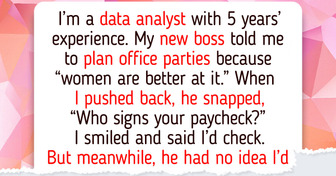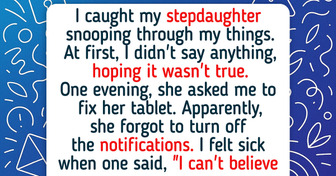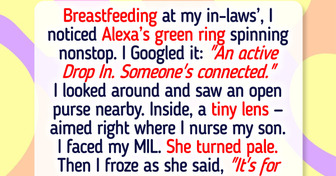My MIL Moved in ‘for an Emergency’—Now She Refuses to Leave


Our smartphones have nearly become mythological creatures, as there are so many “legends” about them. Is it really good for your eyesight if you dim the screen of your phone, or do smartphones cause various diseases — these are just a few questions that fire up epic discussions all over the place.
We at Bright Side did some research on the statements about mobile phones that seemed so true at the beginning, but turned out to be just the fruit of someone’s vivid imagination. We’d love for you to take a look at them together with us.

You might believe that keeping the night brightness mode on your phone, even during the daytime helps you to not overload the eyes. However, opticians disagree and claim that when you dim the screen instead of properly adjusting the brightness settings, you strain your eyes. This happens because you will need to focus more and your eyes will have to do double the work, which can also lead to headaches. The ideal screen brightness is one which is the same as the light surrounding you, so both lights blend and it’s natural for the eyes.
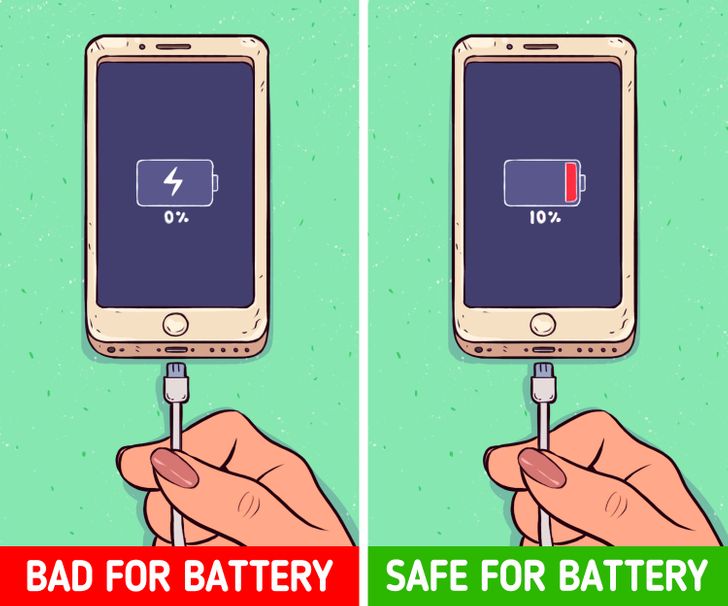
The smartphones are called “smart” for a reason, and among all their handy functions there’s an ability to recognize that its battery is fully charged. Your phone will stop the incoming current without your assistance, just the way it turns off when the battery is at its lowest point. If you do care about the lifespan of your battery, just don’t let it drain down to zero too often, “feed” it when it’s still alive.
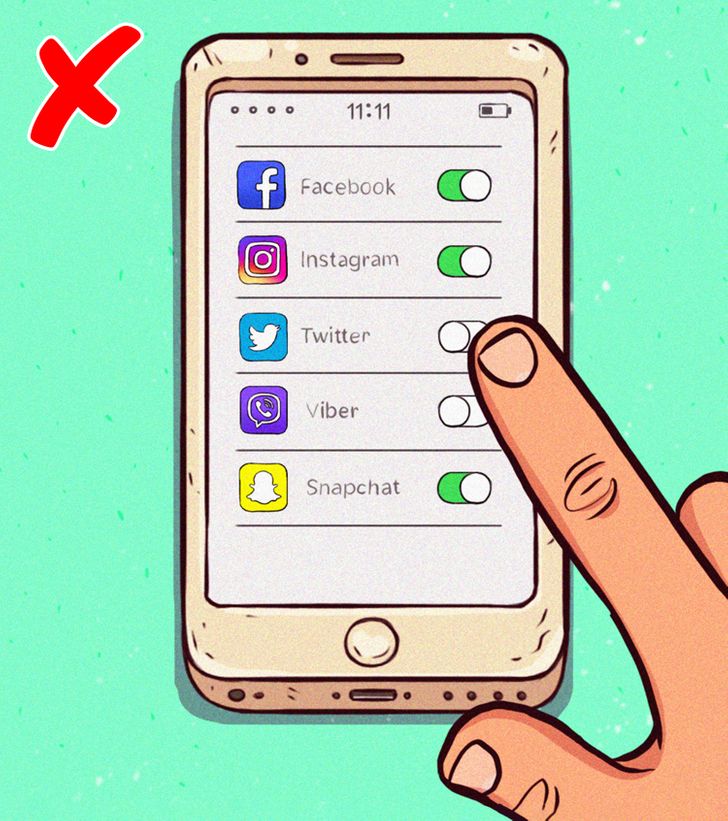
This statement seems very logical, and you may think that the more apps that are running in the background, the more work your phone does. In fact, as stated by Apple, closing apps to save the battery’s power doesn’t help and even makes things worse. All apps are automatically closed and if you interfere and close them manually, you actually make your phone lose more power.
When buying a phone, the amount of megapixels seems like an iconic feature we can use to tell us how good the camera is. But this feature is really only important for professional photographers and their cameras. For a phone user, it’s not the number of megapixels, but their size, which makes the quality of the photo closer to ideal. The best megapixels are the largest ones, which means less can be stuffed into a single picture.
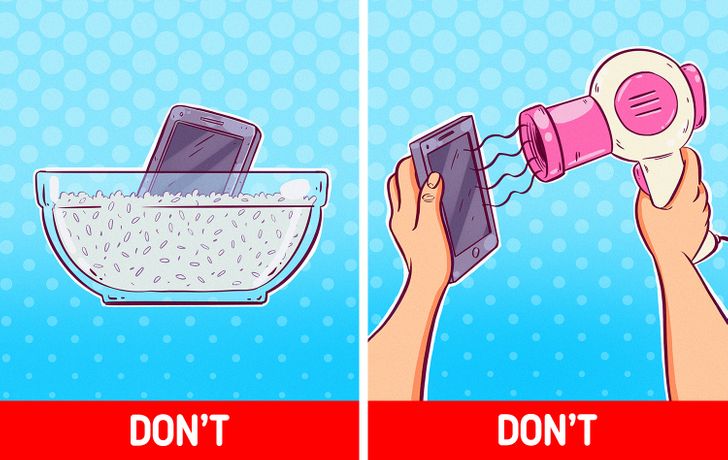
Putting a phone into rice after pulling it out of the toilet seems trustworthy, since rice is known for its capacity to absorb moisture. But in reality, the tiny particles will clog the cellphone parts and will damage them even more. Using a hairdryer is another bad idea, it may dry your phone a bit, but it’ll overheat it, which means the device gets that much closer to its inevitable death. Both methods are used because people just want to do something, no matter what, to save their phone. The best idea is to just put it on a shelf and let it dry.
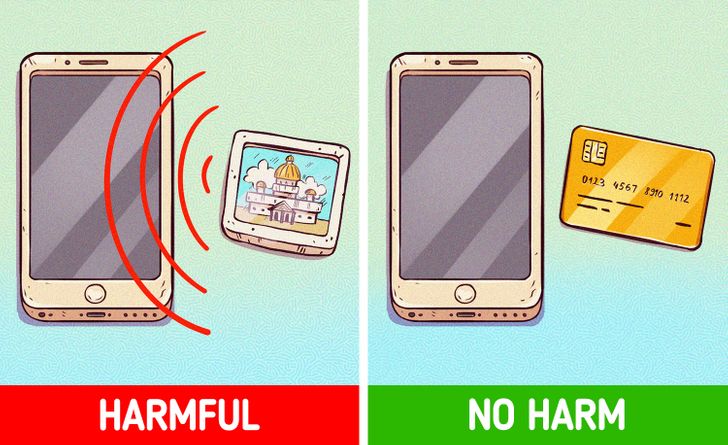
You might have heard that a cellphone and a credit card aren’t the best neighbors, because the card’s magnetic stripe can be demagnetized by the phone. This could be true about a fridge magnet or a magnet clutch on your wallet, but never about a phone. Its magnetic field is too weak to alter your card. Some people never put cards and phones together, just in case they get robbed, so at least one of them will survive the theft, which makes more sense than the demagnetizing legend.
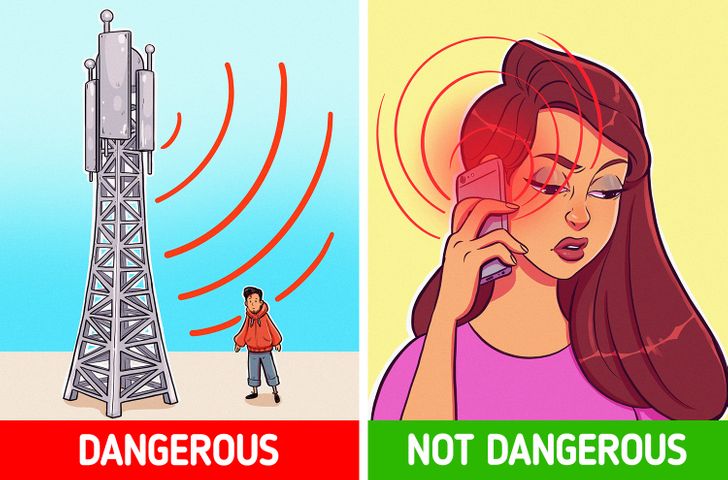
The World Health Organization has been concerned about this statement since 1990 and, up until now, 25,000 articles have been published on the topic. The WHO states that up to the present moment, there’s no evidence that low-level electromagnetic fields can harm the health of a human being in any possible way. However, the WHO also says that if a person stands right near the antenna or radar that produces the waves, their risk may increase.
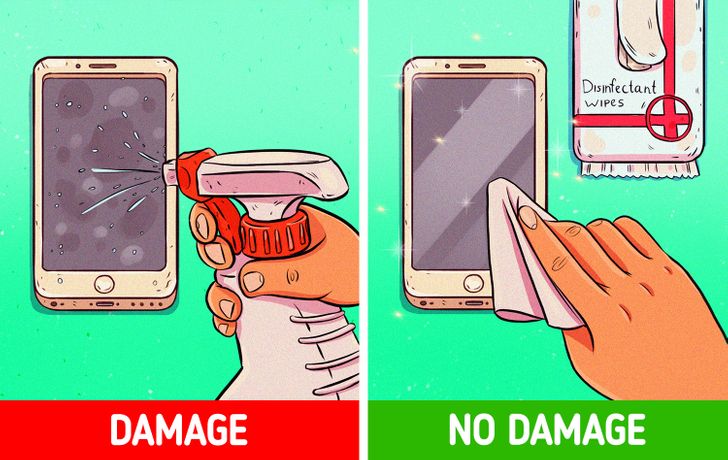
There’s a popular statement that your smartphone is 10 times dirtier than your toilet and that many colonies of bacteria comfortably live on it. Disinfecting the screen reduces the risk of catching viruses and skin diseases, like acne. But are disinfecting wipes safe for your phone? Apple says yes, they are. What is more, there’s a universal soap for all phones that will disinfect screens and won’t harm them.
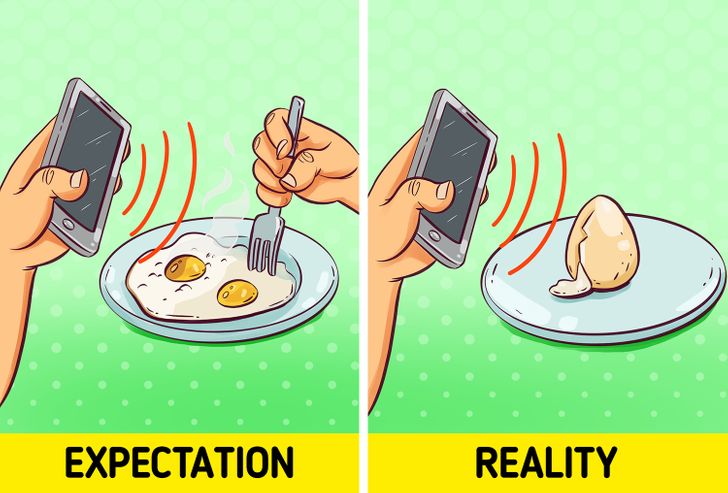
This belief has remained popular since the early 2000s. People used to create fake “experiments” where they “cooked an egg” using the waves that come from a cellphone. In reality, phones can’t cook eggs or popcorn, because they can’t create the amount of energy needed for cooking. Even if all the waves from phones were turned to microwaves, the egg would not even be heated to body temperature before your battery would die.
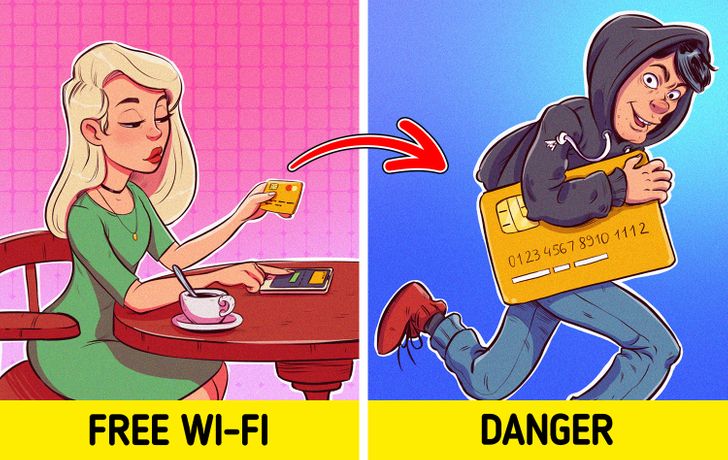
Free Wi-Fi hotspots are very tempting to use, and they’re offered as a pleasant bonus in many public places. But it’s not safe to do your banking operations and enter any passwords while you’re using public Wi-Fi. The traffic in these spots is not protected, which means anyone can easily see what pages you’re visiting and what data you enter. It’s better to use public Wi-Fi only for visiting entertaining websites or browsing for information.
What is the last thing you learned about smartphones that made you Google it to find the truth? Do you believe that smartphones are bad for health?



